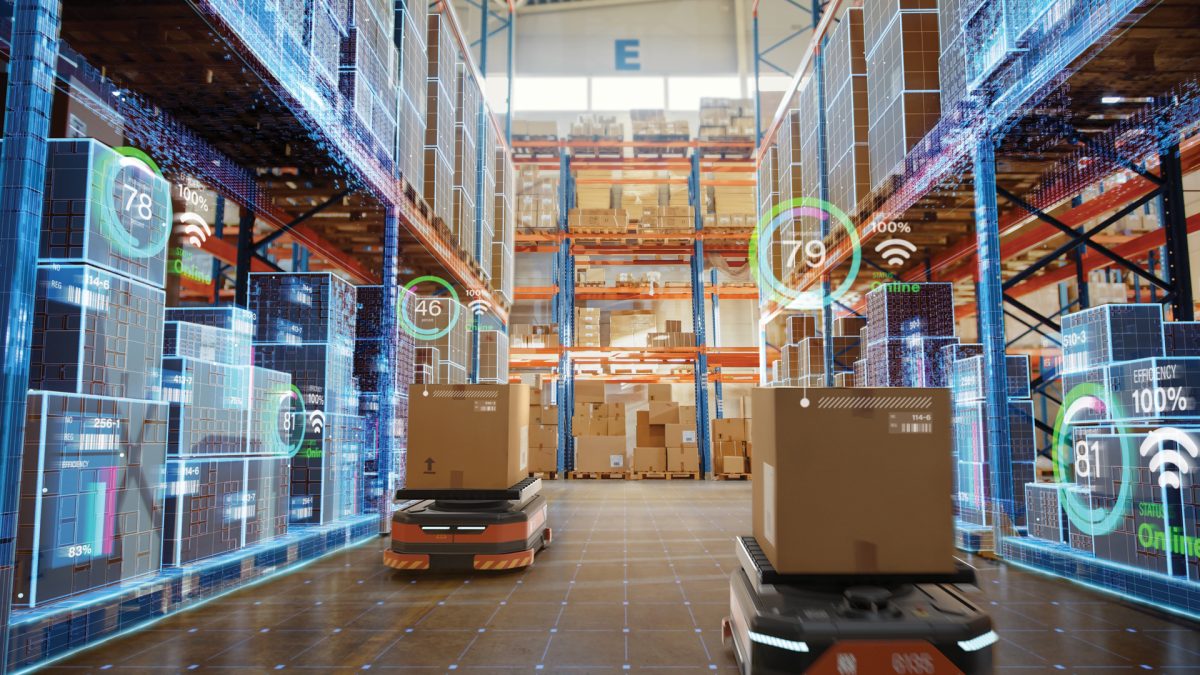Information is the cornerstone of any system’s improvement. A data-driven procurement approach is centered around this principle, utilising big data and analytics to enhance processes at every stage of the supply chain. Various technologies contribute to this effort, including interconnected IoT sensors and warehouse robots. For instance, a data-driven warehouse employs actual performance data to determine the optimal way to integrate a robot into its operations. Such data-driven solutions are precisely what the supply chain requires in today’s world.

The role of big data:
“Big data analytics has significantly changed the industry by increasing its focus on predictive analytics. Supply chain professionals are now using historical data to predict future trends and identify potential risks and opportunities. This proactive approach has minimised supply chain disruptions and improved decision-making. In addition, analytics has fostered better collaboration and communication between suppliers and manufacturers, resulting in optimized operations and reduced costs,” shares Shubhankar Chatterji, Chief Supply Chain Officer, Cummins India.

Gulshan Kaushik, Senior Vice President, Customer Success, Bizongo says, “The supply chain industry has seen a significant evolution in the role of big data analytics, particularly with the emergence of digital vendorization platforms. The ability to collect and analyze vast amounts of data has become crucial for optimizing supply chain processes and enhancing performance. Real-time insights into inventory levels, shipping and delivery times, and changes in demand are among the key benefits of big data analytics. This information can be leveraged to predict future trends and make data-driven decisions that improve operational efficiency while reducing costs. Big data analytics has transformed from a useful tool for improving efficiency to an essential component of digital vendorization platforms that provide greater visibility”.

Overall, big data analytics in the supply chain has evolved from a tool for improving operational efficiency to a strategic asset that can help the organization gain a competitive advantage. “We also notice that input data for analytics is also taking a more holistic shape, from process & finance-specific data to include people, skillset, material characteristics, environmental, geo-related and a wide variety of risk-related data, says Senthil M, Vice President, Product, Zetwerk.
Data-driven procurement provides businesses with greater visibility into their logistics network. They can track shipments in real-time, identify potential issues, and take proactive measures to address them. This can help prevent delays, improve customer satisfaction, and reduce the risk of supply chain disruptions.
Benefits of data-driven procurement in logistics
Leveraging analytics can improve sourcing strategies, inventory management, and manufacturing processes, resulting in cost savings, improved customer service, and faster deliveries. “Visualisations can help organisations quickly identify trends and insights from data. ROI can be measured through ERP solutions and tracking changes in cost savings, customer satisfaction, and delivery time,” said Gulshan. Arun shares similar sentiment, “Measuring ROI involves tracking performance indicators such as cost savings, on-time delivery, inventory optimization, and customer satisfaction, benchmarking against pre-analytics data to identify improvement opportunities.”
Senthil gives a comprehensive response, stating that he expects real-time decision-making to become more prevalent, enabling organisations to respond more efficiently to fluctuating demand, supply, and market variables. Energy consumption and optimization will dominate supply chain analytics, while the growing adoption of IoT devices will provide more extensive and detailed data feeds for enhanced optimization and visibility. Senthil foresees a rise in the use of AI/ML technologies in decision-making processes.
Read the full article at: https://dev.manufacturingtodayindia.com/emagazine?id=29486
